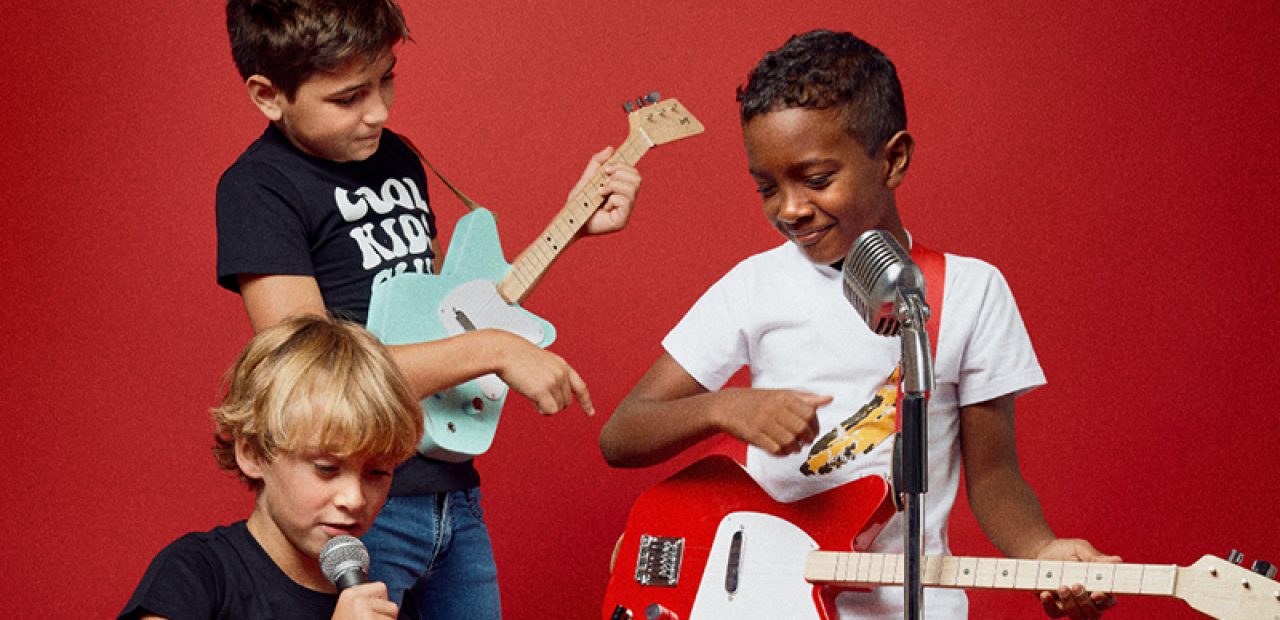Music Has No Age Limit: How to Choose the Right Guitar for Your Toddler
Passion for music can start at a very young age. Is your toddler holding imaginary concerts, playing air guitar? Well, maybe it’s time you got your eager rock start the real thing and see whether passion will translate into commitment and later even talent. Who knows, maybe your child is destined to become one of the greats? But even if not, playing an instrument is found to enhance memory and literacy skills and lead to overall better brain development for those who start at a young age.

But isn’t he/she too young to play a complex instrument such as the guitar? Well, you’re totally right to worry about that. The average guitar is heavy, has a long neck and comes with six strings which can be overwhelming for an adult, let alone for a small child. For that reason, it’s important to start with a model that’s suited for his/her age. And here are some helpful tips on how to choose one.
Fewer Strings – More Fun!
If you’ve ever tried playing the guitar, you probably know how difficult is to master the number of strings. Now imagine how a child’s small fingers try to clumsily reach all those strings. This can only cause frustration. But with the help of a toddler guitar with strings no more than three, it’s much easier to remember which finger goes where. Although it might not be able to create all the complex sounds a standard guitar can, a toddler guitar with 3 strings is nevertheless perfect for mastering the basic chords which are the foundation of guitar playing. What’s more, the reduced number of strings can help eliminate anxiety and boost confidence which can result in an increased desire to continue improving.
Acoustic vs Electric
When it comes to choosing the type of guitar, it’s important to consider your child preferences. But if he/she doesn’t have any, then you’re free to choose for them. Most people think that an acoustic guitar is easier for children, however, that’s not always the case. An electric toddler guitar with strings that is lower action is often easier for young and delicate fingers as it doesn’t require much pressure to play notes clearly.
The only downside may be that electric guitars are more expensive than acoustic and may prove to be a bad investment if your child isn’t keen to continue learning. Acoustic guitars are usually a smart option for children just testing the waters. What’s more, transitioning from an acoustic to an electric guitar is often much easier than vice versa. But because of their higher action, kids may find their hands cramping if playing for too long.

















